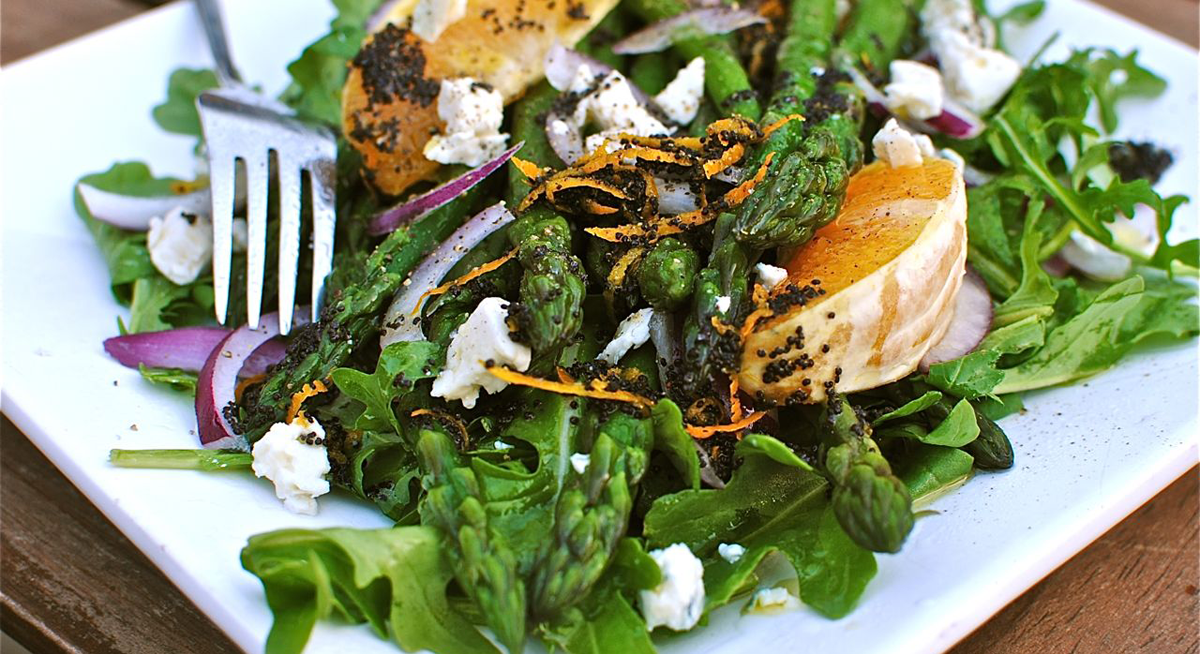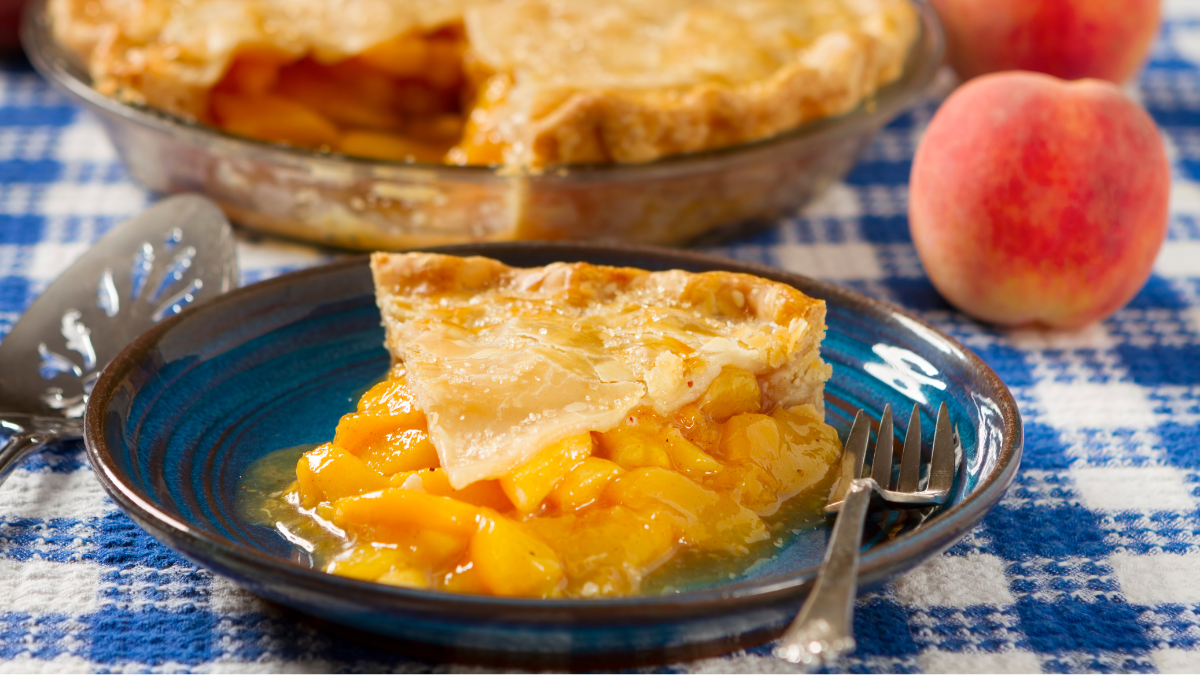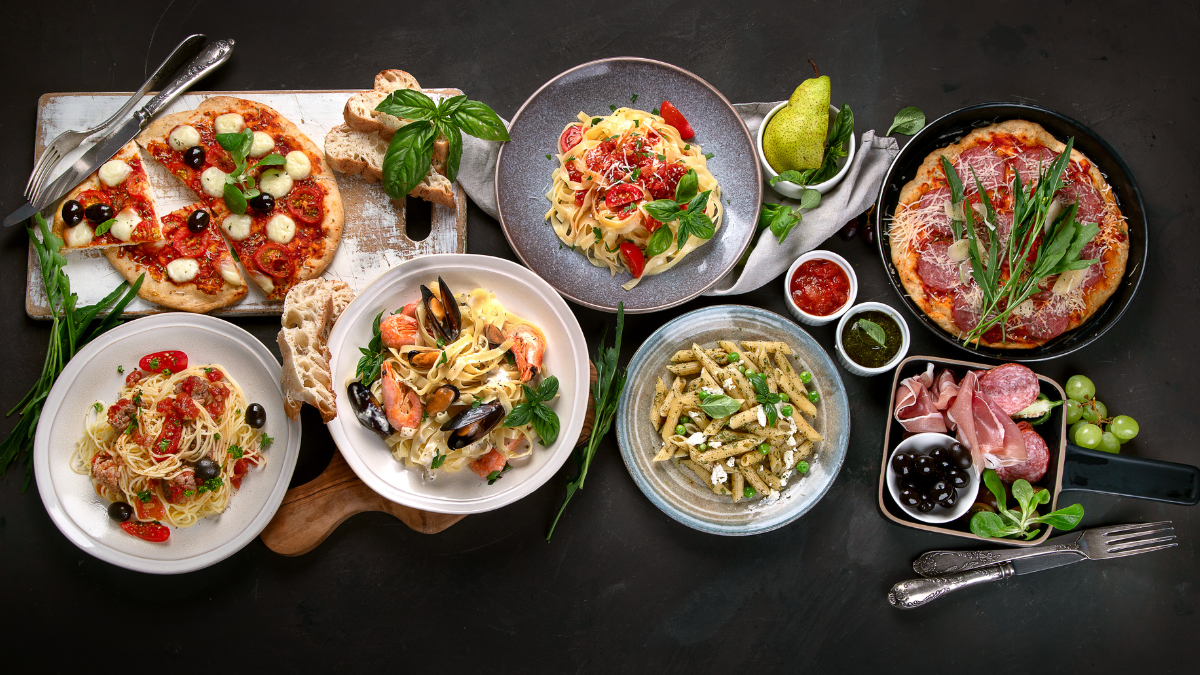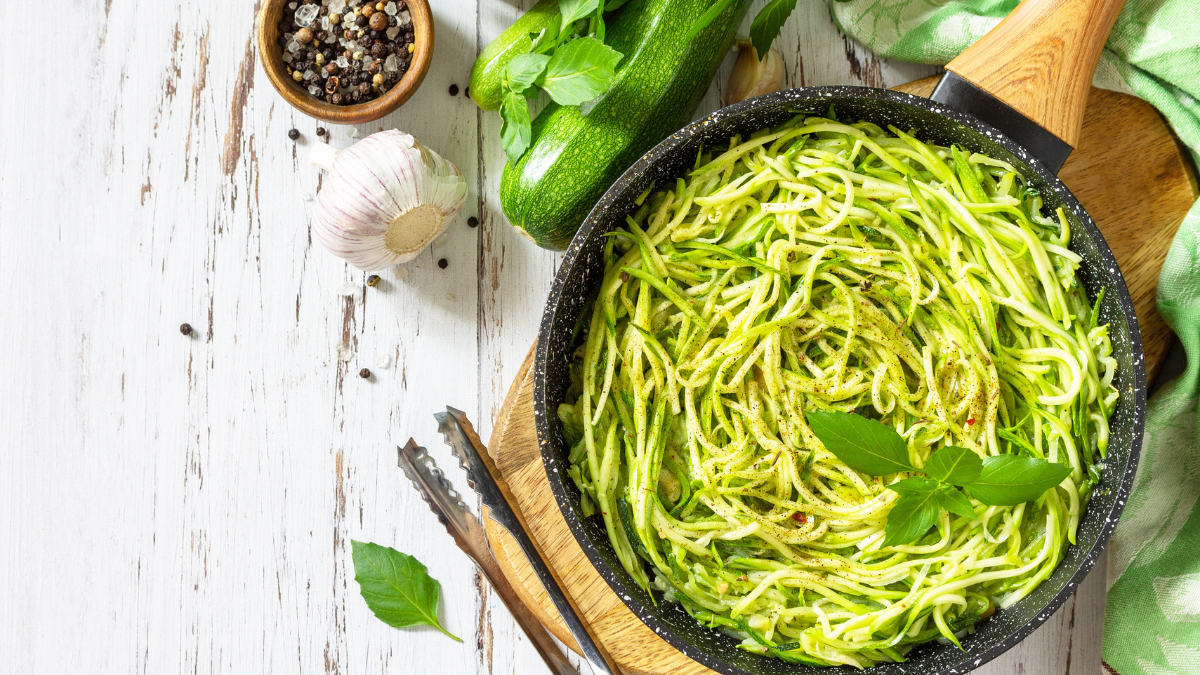Mathematics meets mouthwatering flavors at the Albert this Pi Day! Whether you’re a numbers enthusiast…

4 Spring Recipes You’ll Want to Eat This Season
Spring is known for its beautiful, bright produce and herbal, grassy flavors. It’s easy to make light pasta dishes, salads, and healthy vegetable sides with spring staples, for clean eating that’s right in its peak season. Between artichokes, asparagus, ramps, stone fruits, and more, there are plenty of fresh spring recipes to experiment with this time of year. Here are four tasty recipes to try, as well as a few suggestions for which vinos to pair them with.
Artichoke Barigoule
When working with artichokes, the most important thing to remember during preparation is that they oxidize very quickly. So, when peeling or turning the artichoke, you must continuously dip the artichoke in acidulated water (water with the addition of lemon juice or ascorbic acid), as the acid helps prevent oxidation.
You can hold the artichokes up to 24 hours in the acidulated water before they begin to soften and take on the lemon flavor. These can be enjoyed hot or cold. This liquid also makes a nice, soothing broth for when you are sick.
12 artichokes, peeled and turned
1 ½ cups white wine
1 ¾ cups extra virgin olive oil
3 cups chicken stock
1 ½ cups carrots, medium diced
½ cup shallots, sliced thinly
2 teaspoon coriander seeds, toasted
1 tablespoon cilantro
Salt, to taste
In a wide surface area pot, add olive oil and heat over medium flame. Add carrots and shallots, and sweat until tender without achieving color. Add the coriander seeds and continue to cook until you can smell the coriander. Add the cilantro, white wine, and chicken stock and bring to boil. Reduce to simmer and cook for 45 minutes for an infused chicken stock.
Add the artichokes to the liquid over low heat and cook until just tender. Remove the artichokes from liquid, place them face down in another container without stacking them. Strain the liquid through a chinois over the artichokes and cool down at room temperature. You can store them in the liquid for up to 7 days.
Marinated Asparagus
Asparagus is the king of spring. It comes in a variety of colors, shapes, and sizes (yes, purple asparagus does exist!). The most common is green, though. For cooking green asparagus, take 10 pieces at a time, trim the hard fibrous ends, wrap them tightly in butchers twine, and blanch them in salted boiling water. When tender, remove them from the boiling water and “shock” them in a bath of 60% ice and 40% water to stop the cooking. When cold, remove and get to work on this marinated asparagus recipe below. It’s great as a cold salad or side dish.
Asparagus
10 green asparagus, blanched
¾ cup olive oil
2 tablespoons champagne vinegar
1 teaspoon chives, sliced
1 teaspoon chervil, chopped finely
2 teaspoons tarragon, chopped finely
Salt, to taste
Lavender milk
1 teaspoon lavender peddles
½ cup whole milk
1 teaspoon sugar
Salt, to taste
Mix all ingredients but the asparagus, and pour over the asparagus once done. Refrigerate for an hour. Then, make lavender milk. Heat the milk to 180 degrees. Add lavender, remove from heat and cover with plastic wrap for 15 minutes. Strain and chill.
Remove the asparagus from refrigeration and temper for 15-20 minutes (until the oil become clear). Drizzle the lavender milk over everything so that it “beads” in the marinade. Finish with crunchy salt and black pepper.
Pickled Ramps
Ramps are definitely pungent if served raw, so it’s nice to pickle them for a spring dish. Separate the tops from the bottoms (green and white). The bottoms are great for pickling recipes, while the tops are perfect for sautéing in butter. As pickling can be tricky, here’s a guide.
¾ cup ramp bottoms
¾ cup white wine vinegar
½ cup water
3 tablespoons sugar
Add all ingredients, except the ramps, to a pot and bring to a boil. Pour it over the ramp bottoms and let it sit at room temperature for 1 hour. Weigh down the ramps in the liquid with a towel so that they all are submerged.
Baked Apricots with Sour Honey and Thyme
Baked fruit makes for a delicious dessert, and it’s easy to go either sweet or savory, depending on the type of fruit, seasonings, and herbs you’re using in the dish. As apricots are a bit milder and less sweet in taste, they work really well in more savory or tart desserts. Thyme adds a nice herbal note, while the lemon juice provides a tartness to balance out the sweetness of the honey.
Serve this up at a springtime potluck or outdoor barbecue. (With a scoop of vanilla ice cream, perhaps.) Or, enjoy with yogurt and granola for breakfast or a light snack.
5 apricots
Caramelized sour honey and thyme sauce
½ cup of honey
1 tablespoon butter
2 tablespoon sugar
1 lemon, juiced
1 teaspoon thyme leaves and stems
In a saucepan, begin to dry caramelize the sugar and deglaze with the butter. Whisk in the honey and thyme, until combined, and begin to boil the mixture until it has thickened. Then, add the juice of one lemon and bring to boil until thickened, as well. Strain the sauce.
Meanwhile, cut the apricots in half and lay them flat side down. Pour the honey mixture on top and bake 475 degrees, uncovered for 15 minutes. Lower the temperature down to 300 degrees and finish baking until tender (7-10 minutes depending on the initial ripeness of the fruit).
To Wash it All Down
The spring brings bright, fresh greens and berries, so finding light wines that work well with these notes is key.
When creating your perfect spring wine list, you can’t go wrong with Albarino—a delicious ripe wine from Spain that pairs well with avocado, asparagus, and artichokes, three seasonal spring vegetables at their peak.
You also should choose a balanced Sauvignon Blanc that brings bright citrus, subtle minerality, and the fresh-cut grass aroma we love in the springtime. Bordeaux and New Zealand offer beautiful Sauvignon Blanc varieties, so look for those when you’re browsing the wine selection.
Interested in dining at the Albert? You can easily book a reservation.


